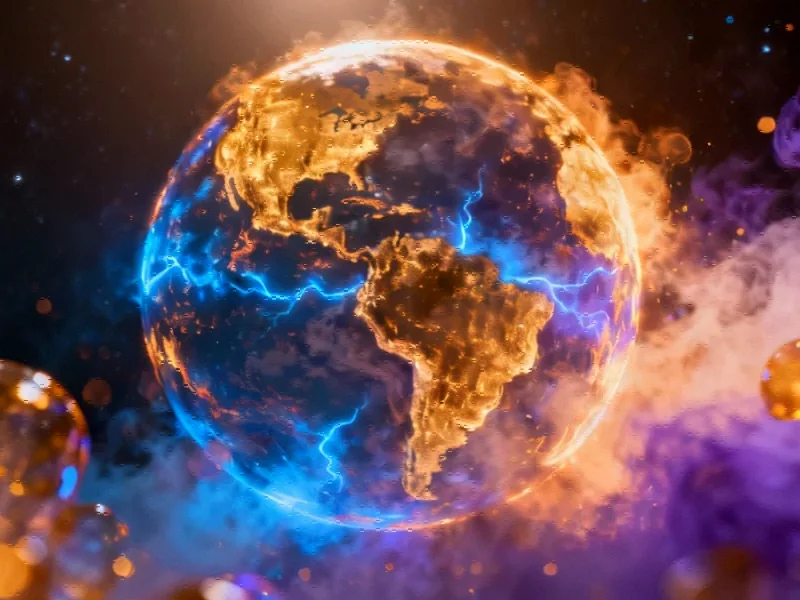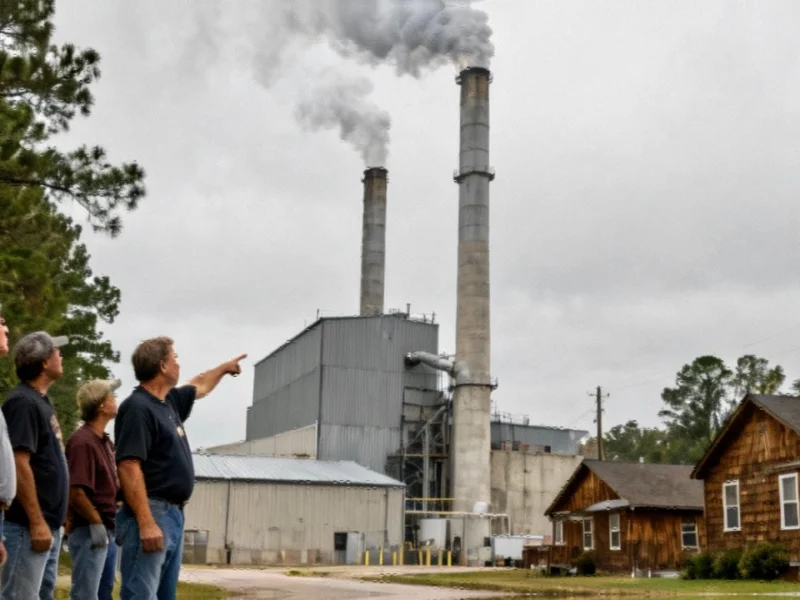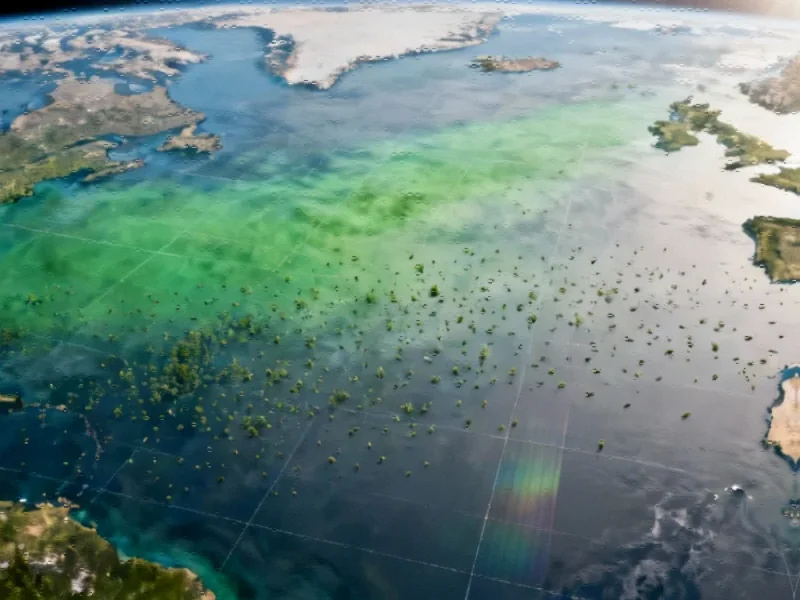Unprecedented Greenhouse Gas Levels
Atmospheric concentrations of major greenhouse gases have reached historic highs according to the latest World Meteorological Organization report, with carbon dioxide levels now at 423.9 parts per million. The report states this represents the highest level ever recorded since modern measurements began, indicating accelerating climate change trends that sources indicate could have far-reaching environmental consequences.
Accelerating Carbon Dioxide Growth
The growth rate of carbon dioxide has tripled since the 1960s, according to reports from climate monitoring organizations. The annual average increase has accelerated from 0.8 ppm per year to 2.4 ppm per year between 2011 and 2020. Most alarmingly, the period from 2023 to 2024 saw global average carbon dioxide concentration surge by 3.5 ppm – the largest single-year increase since modern measurements started in 1957, when levels were just over 300 ppm.
Multiple Greenhouse Gases Rising
Concentrations of methane and nitrous oxide – the second and third most important long-lived greenhouse gases – have also risen to record levels, analysts suggest. The complex parts-per notation measurements show concerning trends across multiple greenhouse gas categories, with methane and nitrous oxide contributing significantly to the overall warming effect.
Contributing Factors to the Surge
The dramatic increase is explained by a combination of continued emissions from human activities, an increased frequency and intensity of wildfires, and the reduced capability of ecosystems to trap and store greenhouse gases. Carbon monoxide and carbon dioxide emissions in the Americas reached historic levels in 2023 and 2024, linked to intense wildfires burning in Canada, Bolivia and the Brazilian states of Amazonas and Mato Grosso, according to the analysis.
Ecosystem Feedback Loops Intensifying
Frozen ground thawing in the northern latitudes exposes plant and animal remains previously preserved by the ice. As the organic matter starts to decay, it releases large quantities of methane and nitrous oxide. Droughts can reduce how much carbon dioxide wetlands and lakes can absorb and trap in sediments like peat. Additionally, as oceans warm, the solubility of carbon dioxide decreases, leading to ocean acidification and making it more difficult for some marine organisms to survive.
Historical Context and Climate Comparisons
“Carbon dioxide is at levels our species has never experienced before,” explains Pieter Tans, senior scientist with the Global Monitoring Laboratory. The concentration of carbon dioxide in Earth’s atmosphere is now comparable to the Pliocene Climatic Optimum, between 4.1 and 4.5 million years ago, when levels were close to 400 ppm. At that time, sea levels were between 5 and 25 meters higher than today, and temperatures averaged 7 degrees higher than in pre-industrial times.
Industrial Revolution Impact
Before the Industrial Revolution in the 18th and 19th century, carbon dioxide levels were consistently around 280 ppm for almost 6,000 years of human civilization. Since then, humans have generated an estimated 1.5 trillion tons of carbon dioxide pollution, as shown by cumulative CO2 emissions data, much of which will continue to warm Earth’s atmosphere at an incremental rate.
Call for Action
“The heat trapped by carbon dioxide and other greenhouse gases is turbo-charging our climate and leading to more extreme weather,” stated WMO Deputy Secretary-General Ko Barrett in the official report release. “Reducing emissions is therefore essential not just for our climate but also for our economic security and community well-being.”
Broader Implications
The record greenhouse gas levels come amid wider industry developments in environmental monitoring and climate response technologies. Recent market trends show increased investment in climate solutions, while related innovations in emissions tracking continue to evolve. The situation has prompted new recent technology approaches to carbon monitoring and climate modeling as scientists work to better understand the full implications of these atmospheric changes. Additional carbon monoxide concerns have emerged alongside the primary greenhouse gas findings, highlighting the complex interplay of atmospheric pollutants.
As climate scientists continue to monitor these trends, the latest findings underscore the accelerating pace of atmospheric change and its potential consequences for global climate systems, ecosystems and human societies worldwide. The data suggests that without significant intervention, these trends may continue to intensify, creating additional challenges for environmental stability and economic security across multiple sectors.
This article aggregates information from publicly available sources. All trademarks and copyrights belong to their respective owners.
Note: Featured image is for illustrative purposes only and does not represent any specific product, service, or entity mentioned in this article.



